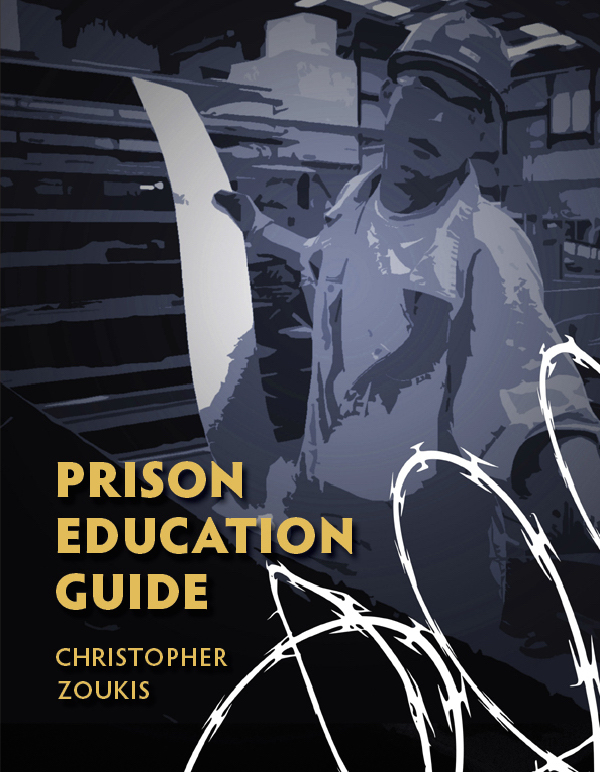10th Circuit: Evidence Insufficient to Support Conviction for Attempting to Kill Witness
The U.S. Court of Appeals for the Tenth Circuit ruled that the evidence was insufficient to support John Terry Chatman, Jr.’s conviction of obstruction of justice by attempting to kill a witness.
Chatman was walking around the corner of the Trade Winds Hotel when two officers from the Tulsa Police Department asked him for identification. Chatman said he didn’t have any ID and asked if he was free to leave. The officers replied yes, so Chatman got into a van and drove away. The officers ran a check on the license plate and discovered it did not match the van. They then located the van parked outside a Quik Trip convenience store. The officers saw Chatman’s girlfriend coming out of the convenience store, and she indicated to them that Chatman was in the van.
The officers saw Chatman in the backseat of the van. They informed him that was under arrest, but he refused to step out of the van. The officers called for backup. Sergeant Mike Parsons arrived on scene, along with several other officers. Parsons began firing pepper balls at Chatman in an attempt to get him to exit the van.
After sharing a tearful goodbye with his girlfriend, Chatman announced “Y’all are going to have to kill me.” Chatman then pulled a gun, firing several rounds and hitting Parsons. Officers returned fire, hitting Chatman in the neck and stomach. Medics arrived and treated both men’s wounds. Chatman was tried on three counts: being a convicted felon in possession of a firearm and ammunition in violation of 18 U.S.C. §§ 922(g)(1) and 924(a)(2) (Count One); obstruction of justice by attempting to kill a witness in violation of 18 U.S.C. § 1512(a)(1)(C) & (a)(3) (Count Two); and using a firearm in furtherance of a crime of violence in violation of 18 U.S.C. § 924(c)(i)(A)(iii) (Count Three).
The Government agreed at trial that if the evidence was insufficient on Count Two, then Count Three could not stand. After the prosecution rested, defense counsel moved for a judgment of acquittal on Count Two, arguing the Government had failed to meet its burden of showing Chatman shot Parsons “with the intent to prevent information from being conveyed to [federal] law enforcement officers generally.” The district court denied the motion, and the jury convicted Chatman on all three counts. He appealed, arguing that the Government failed to present sufficient evidence.
The Tenth Circuit observed that under § 1512(a)(1)(c), “the Government must prove (1) a killing or attempted killing, (2) committed with a particular intent, namely, an intent (a) to prevent a communication (b) about the commission or possible commission of a Federal offense (c) to a federal law enforcement officer or judge.” Fowler v. United States, 563 U.S. 668 (2011) (internal quotations omitted). While the Court will reverse a conviction for insufficient evidence only when no reasonable jury could find the defendant guilty beyond a reasonable doubt, United States v. Anya, 727 F.3d 1043 (10th Cir. 2013), the Court “will not uphold a conviction ‘that was obtained by nothing more than piling inference upon inference ... or where the evidence raises no more than a mere suspicion of guilt.’” United States v. Rufai, 732 F.3d 1175 (10th Cir. 2013). “A jury will not be allowed to engage in a degree of speculation and conjecture that renders its finding a guess or mere possibility.” Id.
The Court determined that several factors prevented the drawing of a reasonable inference that Chatman shot Parsons with the intent of preventing Parsons from communicating with other officers that Chatman was committing a Federal offense. First, Chatman was not the subject of any federal investigation but was first detained by Tulsa police in a routine traffic stop. Second, other officers were on scene who witnessed the federal crime (Chatman’s possession of the firearm and ammunition), so shooting Parsons would not prevent the communication. And third, Parsons’ statement that officers would have to kill him and his tearful goodbye to his girlfriend indicated his intent in firing his weapon was to provoke the officers to kill him, i.e., “suicide by cop.” The Court concluded that the Government failed to prove the required intent.
As a digital subscriber to Criminal Legal News, you can access full text and downloads for this and other premium content.
Already a subscriber? Login
Related legal case
United States v. Chatman
| Year | 2020 |
|---|---|
| Cite | 952 F.3d 1211 (10th Cir. 2020) |
| Level | Court of Appeals |
| District Court Edition | F.Supp.3d |





